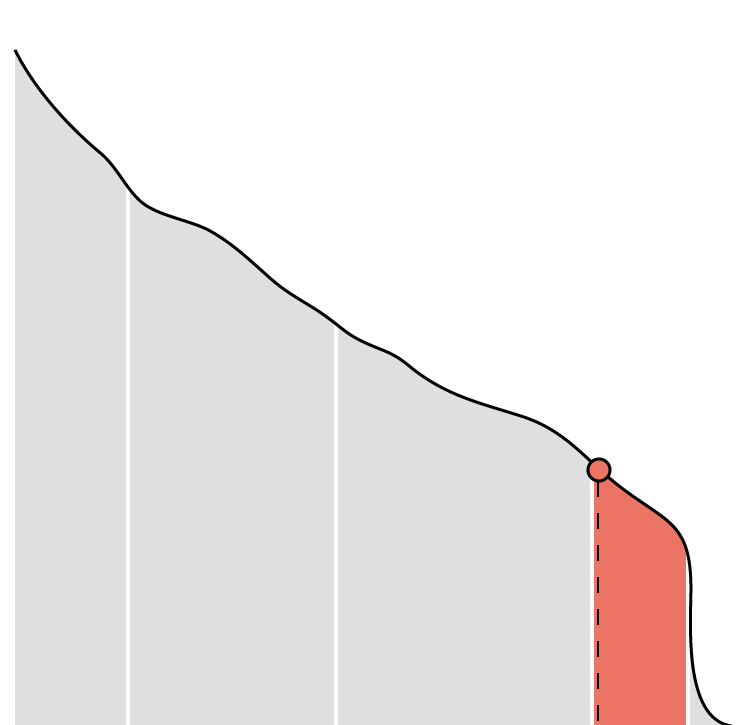Japan – International Cooperation Agency (JICA)
MULTIPLE AGENCY GROUP : JapanThe Japan International Cooperation Agency (JICA), Japan’s bilateral aid agency, delivers aid in the form of technical cooperation, ODA loans and grant aid in over 150 countries. It is also responsible for the provision of humanitarian aid under the jurisdiction of the Ministry of Foreign Affairs. Japan-JICA is not an IATI member but first published IATI data in June 2014.
Japan-JICA now is in the ‘poor’ category.
Japan-JICA publishes on a less than quarterly basis to the IATI Registry.
All organisational and planning indicators except country strategies are published to IATI. No current versions of the organisation strategy and allocation policy were provided on the IATI Registry but up to date documents can be found on the organisation’s website. Country strategies, however, are not published at all.
Hardly any budgetary and financial information is being made available. Japan-JICA only publishes data on commitments as well as disbursements and expenditures in the IATI format. Information for capital spend, project budgets as well as project budget documents are not available at all. Neither are forward-looking total organisation budgets or disaggregated budgets being provided.
Despite doing well on the majority of the project attributes indicators, basic information such as titles and descriptions published to the IATI Registry did not satisfy the definition of these indicators. The sub-national locations provided in the IATI format did not contain the required information either. For some projects, they are provided in other formats.
Japan-JICA scores on all indicators of the joining-up development data component. Contracts and tenders are not published in the comparable IATI format but the information is consistently made available elsewhere.
Japan-JICA does not score for any of the performance indicators. Whereas objectives, pre-project impact appraisals and evaluations are sometimes being made available no results are being published.
- Japan-JICA continues to publish to version 1.03 of the IATI standard – one of the oldest versions. It should update to a newer version of the Standard so as to take full advantage of the benefits it offers.
- Japan-JICA should aim for quarterly, if not monthly publication.
- Japan-JICA should ensure basic quality of its IATI data, starting with titles and descriptions.
- It should improve its financial and budgetary information, to include organisation and disaggregated budgets as well as project budgets.
- It should prioritise the timely and comprehensive publication of performance-related information, from objectives to results.
- To demonstrate the impact of transparency on development work, Japan-JICA should take responsibility to promote the use of the data they publish: internally, to promote coordination and effectiveness; and externally, to explore online and in-person feedback loops, including at country-level.
